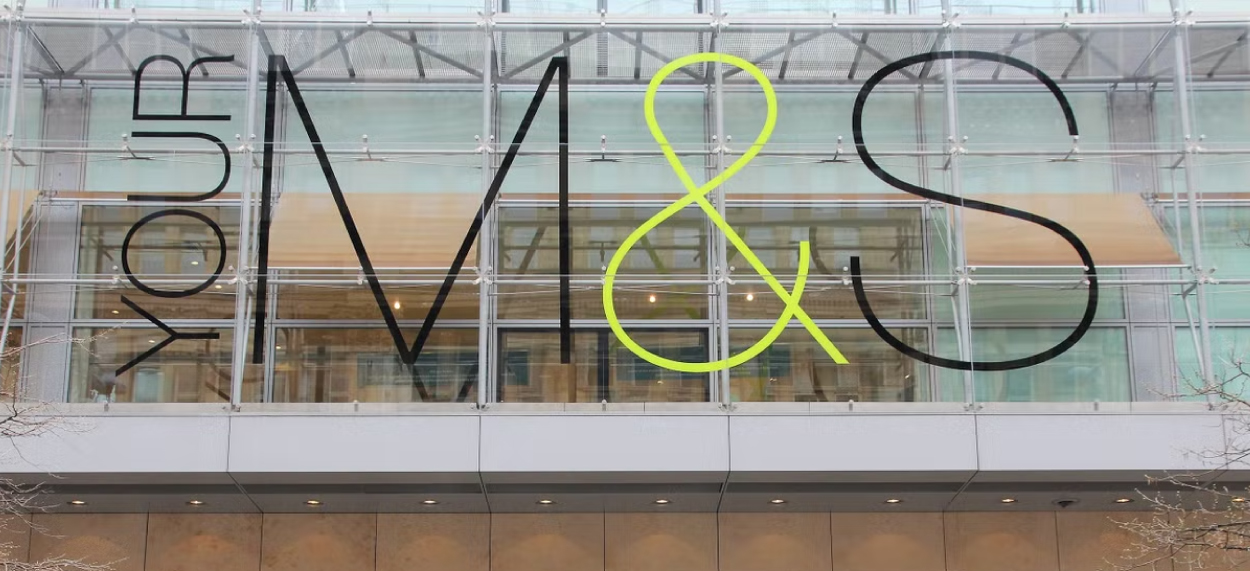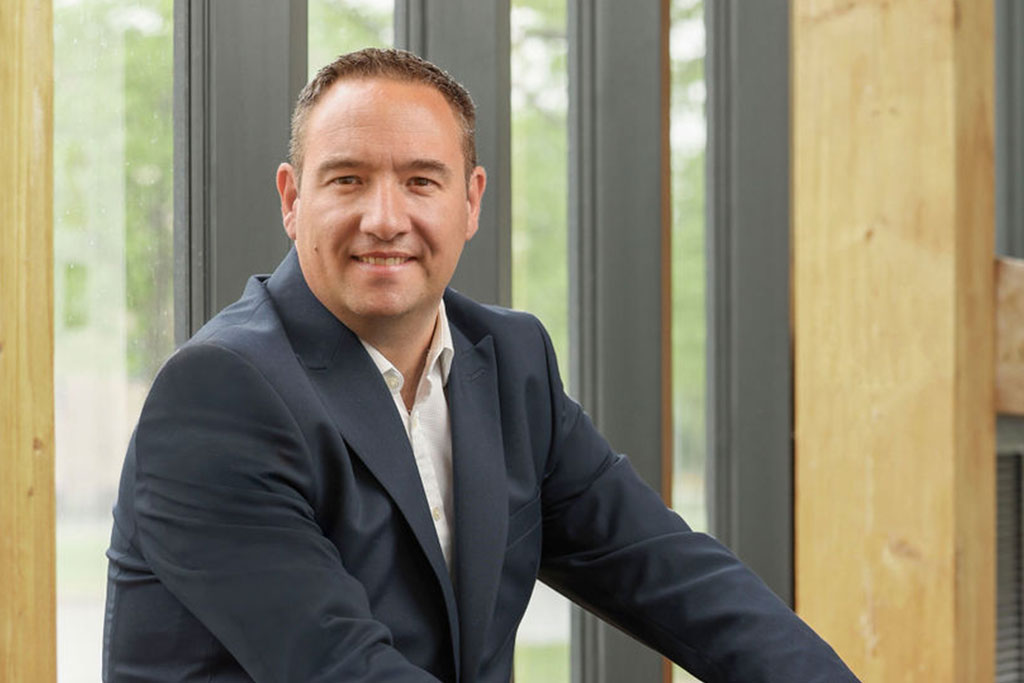
Published in The Grocer on 16 January 2023
M&S is no longer a ‘variety store’. Getting its SKU count right and leaving town centres is paying off . . .
What a difference half a mile can make. That is the distance between M&S’s recently opened store in Chesterfield’s Ravenside Retail Park and the “ageing town centre site” it closed to relocate to the new one.
The difference to trading: overall sales were up 103% year on year in December, M&S said today, as it announced 20 more “bigger and better” stores to open in its 2022/23 financial year.
The 20 planned stores are the latest in an ongoing estate renewal and relocation programme that is also set to see a net 67 full-line branches close by April 2026, leaving the number at 180, while 104 Simply Food sites are to open, taking their number to 420.
M&S has transitioned over the years from “what we called a variety store”, where you might do a bit of food shopping at the same time as picking up clothes, says Richard Curry, partner and lead food store advisor at property consultants Rapleys.
In recent years, amid fierce competition in clothing from the likes of Next and Primark, M&S has been putting a bigger emphasis on food.
When it opened a new-format, larger Food Hall in its Hempstead Valley store in Kent in 2019, it chose the site for its proximity to an adjacent Sainsbury’s as well as nearby Tesco, Asda, Morrisons and Aldi stores.
The idea was to sell bigger baskets by attracting more families, already out to do a weekly shop, potentially with a trolley, rather than wandering down a high street.
It’s an element of the plan that seems unchanged. Take the planned new store for 2022-23 in Leed’s White Rose shopping centre. It’s one of five of the planned 20 that are relocations of existing stores into former Debenhams units. It is yards from a Sainsbury’s and about a mile from an Asda and an Aldi.
By being located out of town, with free parking, the new sites also benefit from being easier to access than town centres by car, with the five relocation sites all having free parking, away from the worst congestion.
“No one wants to go into towns any more”, says Curry. “Whereas a retail park is somewhere people can stop while en route somewhere. Or they might combine a shop with an experience, like bowling.”
In contrast, “high streets and city centres are increasingly full of vacancies and dodgy shops”, M&S CEO Stuart Machin wrote to Chancellor Jeremy Hunt in November.
The new stores also have more space for food, allowing M&S to have a much larger range. The opening of the Hempstead Valley store back in 2019 saw the full food range grow from 4,900 lines to 6,000, in a push linked to M&S replacing Waitrose’s range on Ocado. The food range has now grown to 7,500 SKUs.
“In food, right-sizing it to about 15,000 to 20,000 sq ft – not as big as a supermarket but a store that can carry the full range of 7,500 SKUs – we’re seeing that really pay back,” said Machin as M&S announced its Christmas trading update last week.
It certainly seems to be paying back. Food sales increased 10.2% in the third quarter covering Christmas trading, with like-for-likes up 6.3% as M&S outperformed the market in both value and volume, according to the trading update. Clothing, too, was up 8.8% in total sales and 8.6% in like-for-likes.
Of course, there is still much to do. “We’ve got a big job to do over the coming years, especially around supply chain, especially around omnichannel, and a great opportunity to restructure our costs, and a great opportunity to continue to rotate our estate, so there’s much to do and much to go for in the next few years,” said Machin.
Right now though, there is every sign the store strategy is absolutely the right one, and the announcement of its acceleration today can only bring success sooner.
Related news
Rapleys’ experts react to the Chancellor’s 2025 budget
Daniel Cook, Partner and Head of Automotive, Roadside and Future Fuels at Rapleys, said: “The tax on EVs is clearly there to make up for the fall in fuel duty as drivers move away from petrol/diesel cars.




